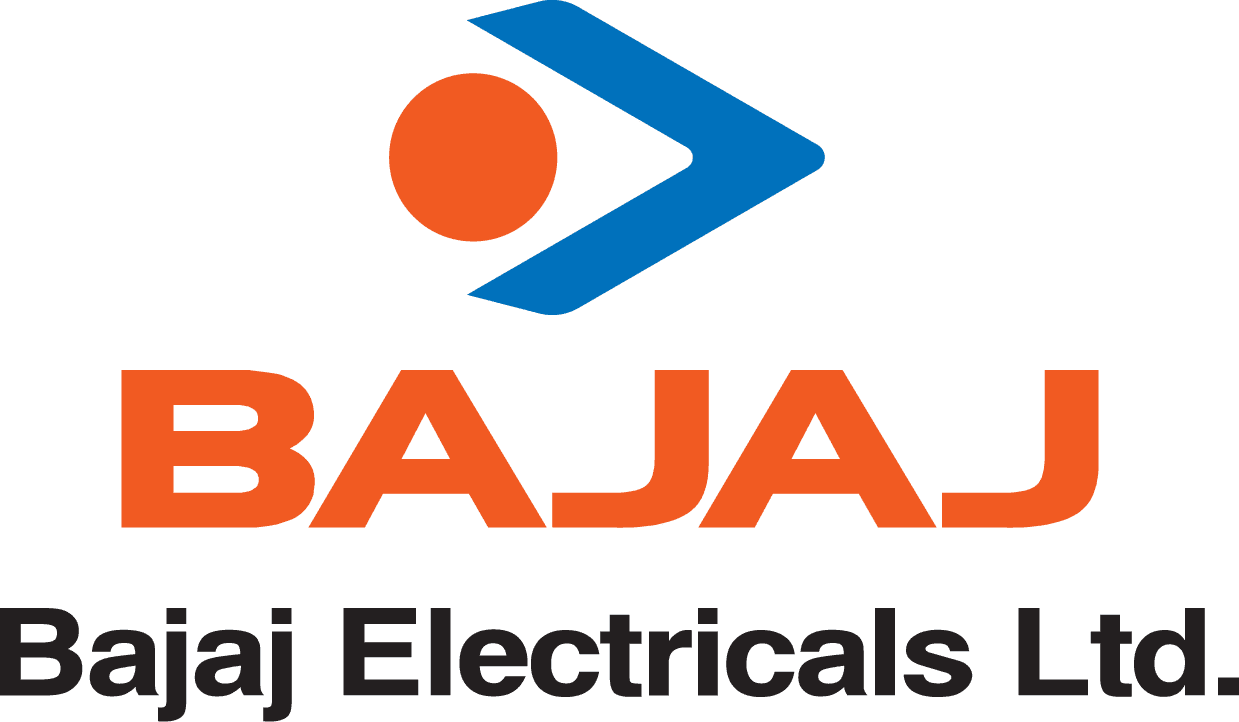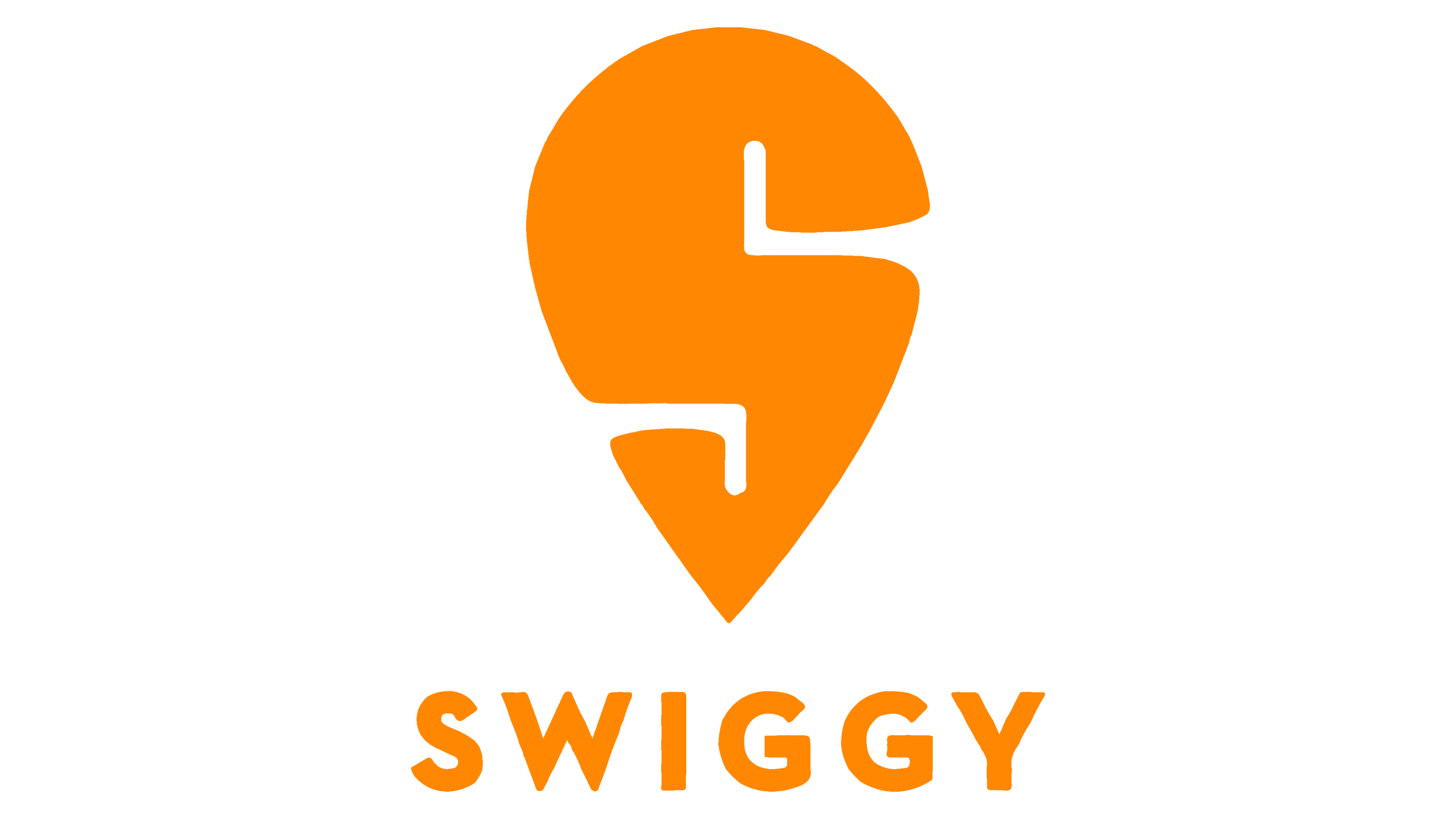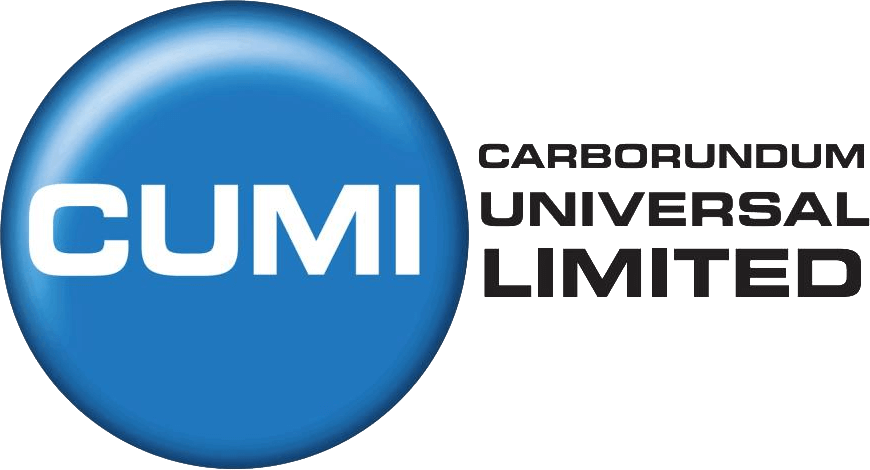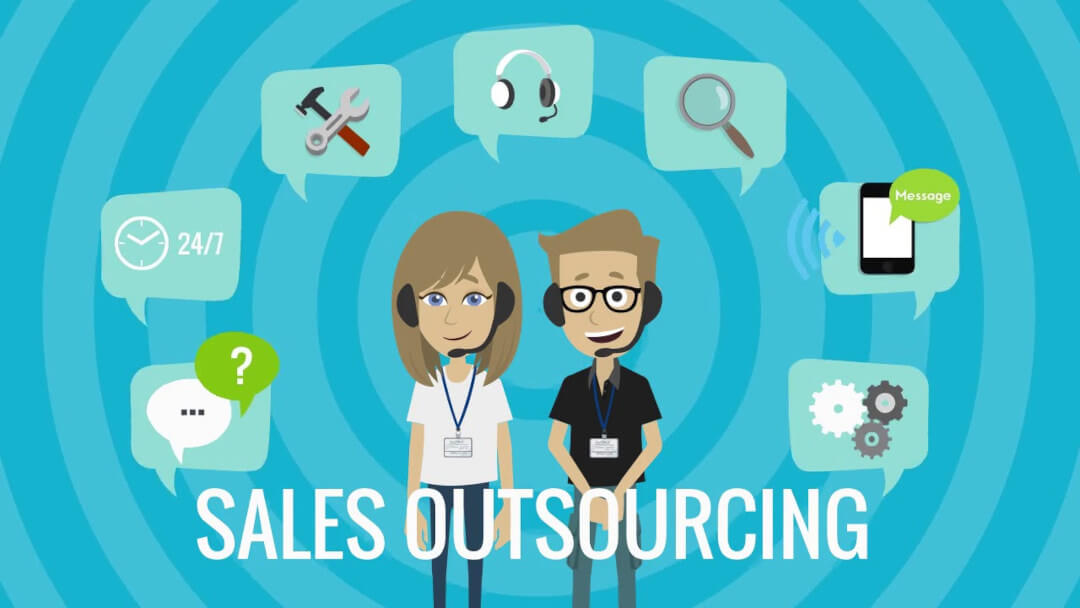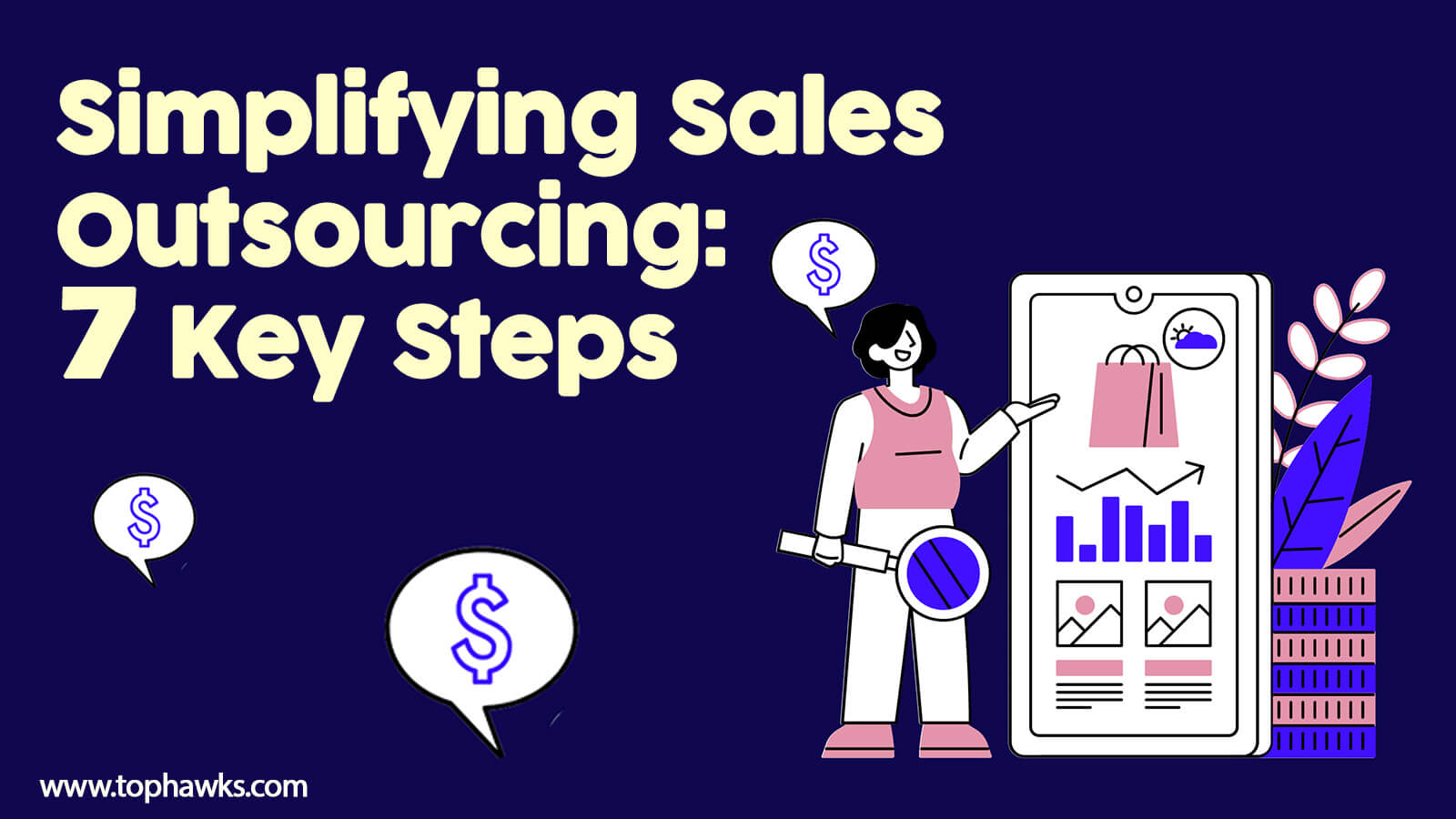Calculating Costs: Outsourcing Sales Expenses
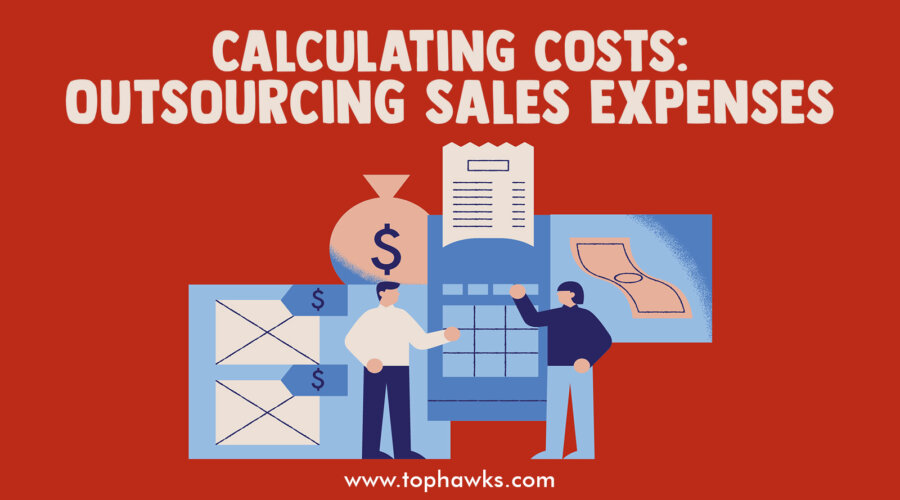
In today’s highly competitive business landscape, companies are constantly seeking ways to optimize their operations and improve profitability. One area that often requires careful consideration is sales expenses. Calculating the costs associated with sales can be a complex task, and many businesses are now turning to outsourcing as a strategic solution. In this article, we will explore the process of calculating costs for outsourcing sales expenses, examining both direct and indirect expenses, and discussing the factors to consider when making such a decision.
Table of Contents
|
1. Introduction
Outsourcing, in simple terms, refers to the practice of delegating specific business processes or functions to external vendors or service providers. When it comes to sales expenses, outsourcing offers several benefits, including cost savings, access to specialized expertise, scalability, and improved focus on core business activities. However, before diving into the details of calculating costs, it is essential to understand the different types of sales expenses that organizations typically encounter.
2. Types of Sales Expenses
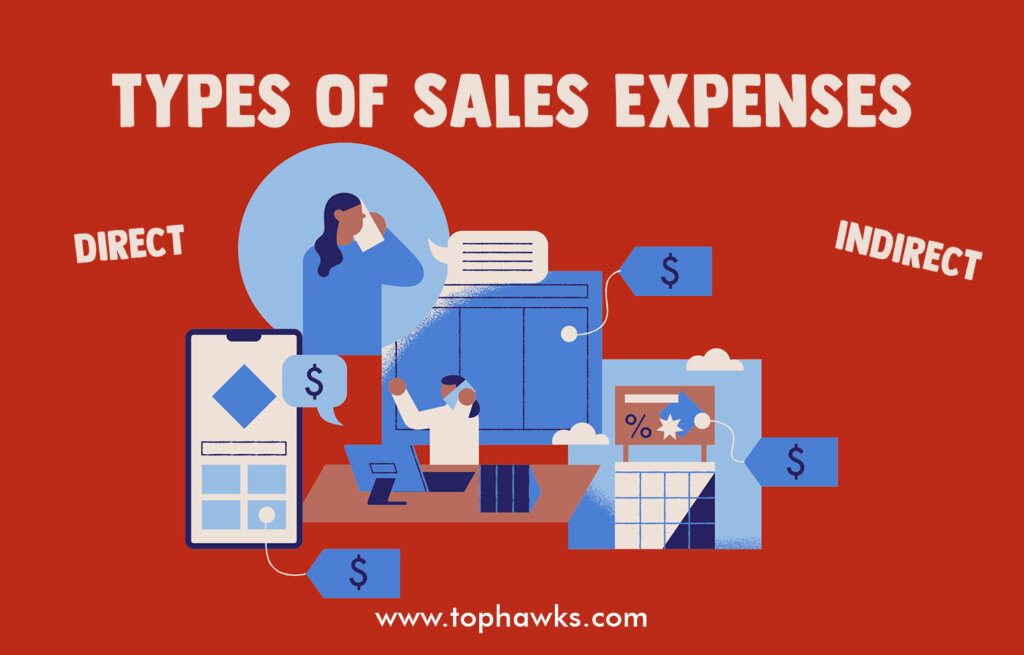
Sales expenses can be broadly categorized into two types: direct and indirect expenses. Direct sales expenses are directly associated with the sales team’s activities and include compensation, benefits, training, travel, and technology expenses. On the other hand, indirect sales expenses are not directly tied to the sales team but support the overall sales function, such as marketing, administration, CRM tools, and analytics.
3. Factors to Consider in Outsourcing Sales Expenses
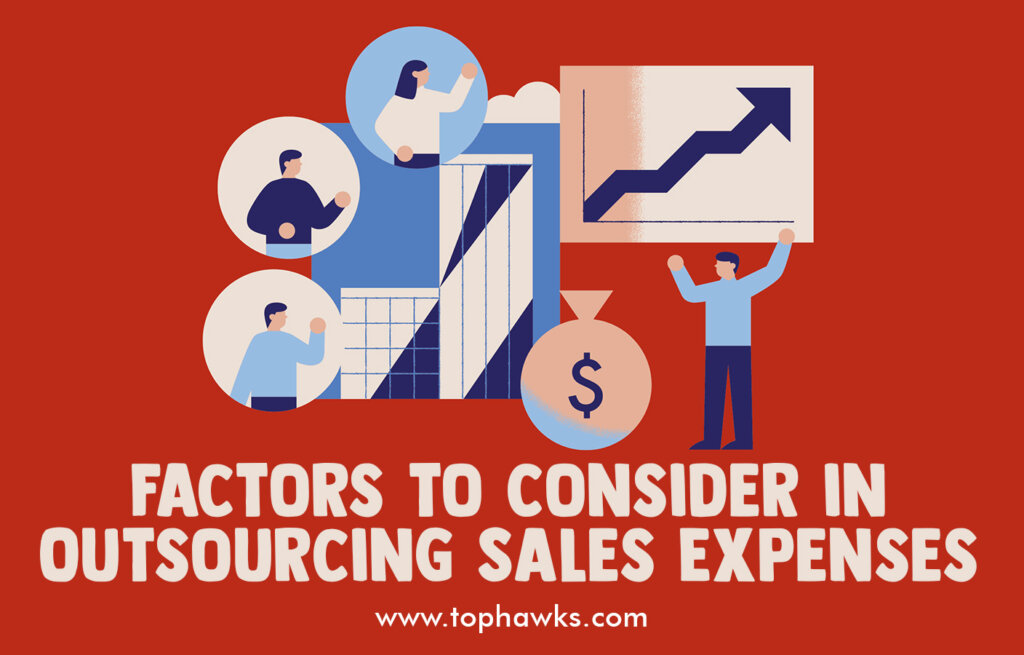
When considering outsourcing sales expenses, several factors need to be carefully evaluated. These factors play a crucial role in determining whether outsourcing is the right decision for a particular organization. The key factors to consider include cost-effectiveness, expertise and skillset, scalability and flexibility, and communication and collaboration.
4. Calculating Direct Sales Expenses
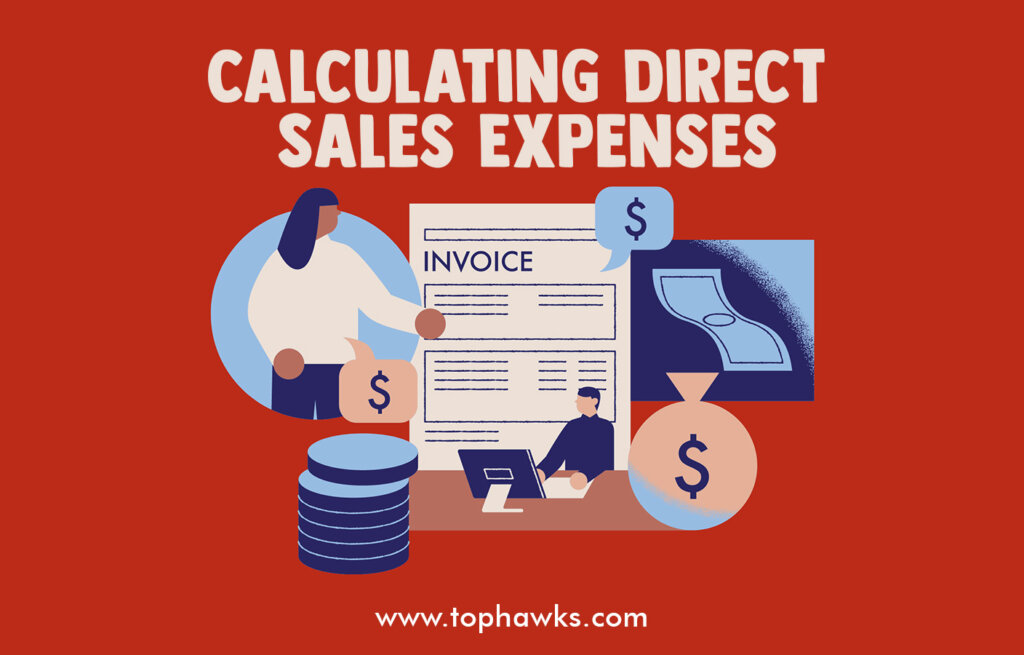
To accurately calculate direct sales expenses, organizations need to assess various cost components. These components include compensation and benefits for the sales team, investment in sales training and development programs, travel and entertainment expenses incurred during client meetings, and the technology and equipment required to support the sales function.
5. Calculating Indirect Sales Expenses
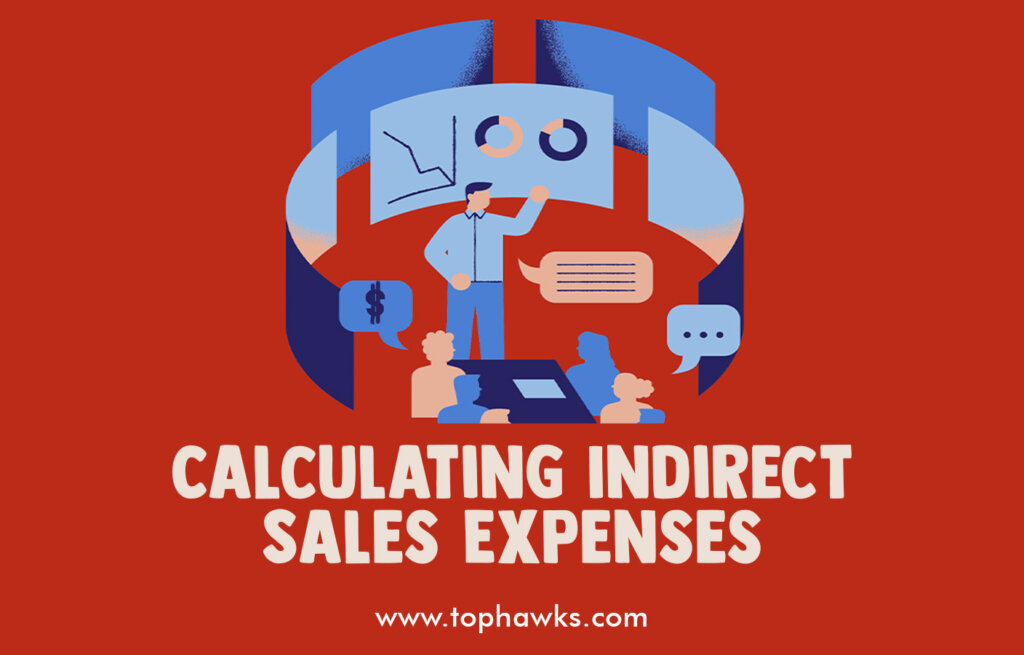
In addition to direct sales expenses, companies also need to consider the costs associated with indirect sales activities. These expenses cover marketing and advertising campaigns, sales support and administration, customer relationship management (CRM) tools, and analytics and reporting systems. Accurately estimating these expenses is vital for a comprehensive cost analysis.
6. Comparative Analysis: In-House vs. Outsourced Sales Expenses
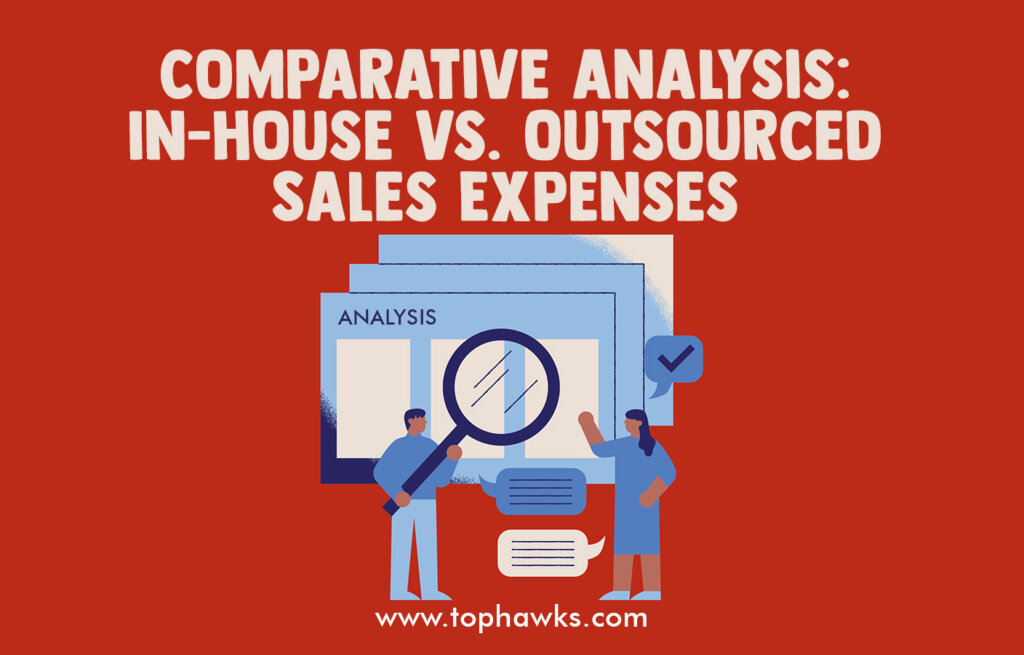
Before making a decision regarding outsourcing sales expenses, organizations often conduct a comparative analysis to assess the pros and cons of both in-house and outsourced solutions. This analysis involves comparing costs, performance and productivity metrics, and risk mitigation strategies associated with each option.
7. Case Studies: Successful Outsourcing of Sales Expenses
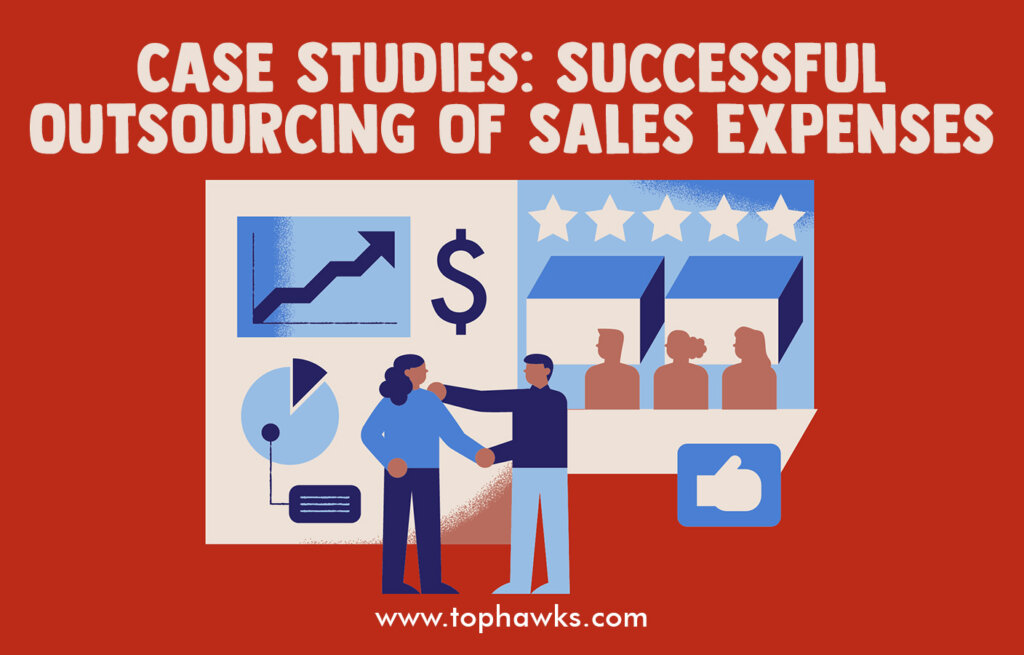
Real-world case studies provide valuable insights into successful outsourcing initiatives. For example, Company A achieved a significant increase in ROI by outsourcing their sales activities to a specialized vendor. Company B experienced enhanced customer satisfaction and retention rates after outsourcing their sales support functions. These case studies demonstrate the potential benefits of outsourcing sales expenses when implemented strategically.
8. Challenges and Risks of Outsourcing Sales Expenses
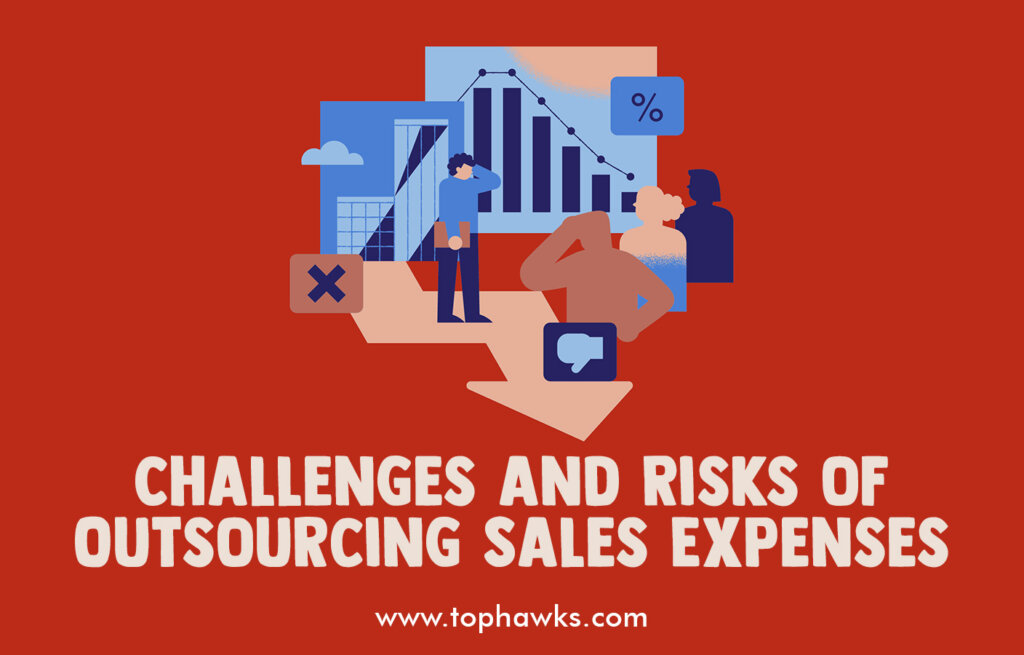
While outsourcing sales expenses can be beneficial, it also presents certain challenges and risks that organizations must be aware of. Cultural and language barriers, maintaining quality control and consistency, ensuring data security and confidentiality, and effective vendor selection and management are some of the key challenges that need to be carefully addressed.
9. Best Practices for Outsourcing Sales Expenses
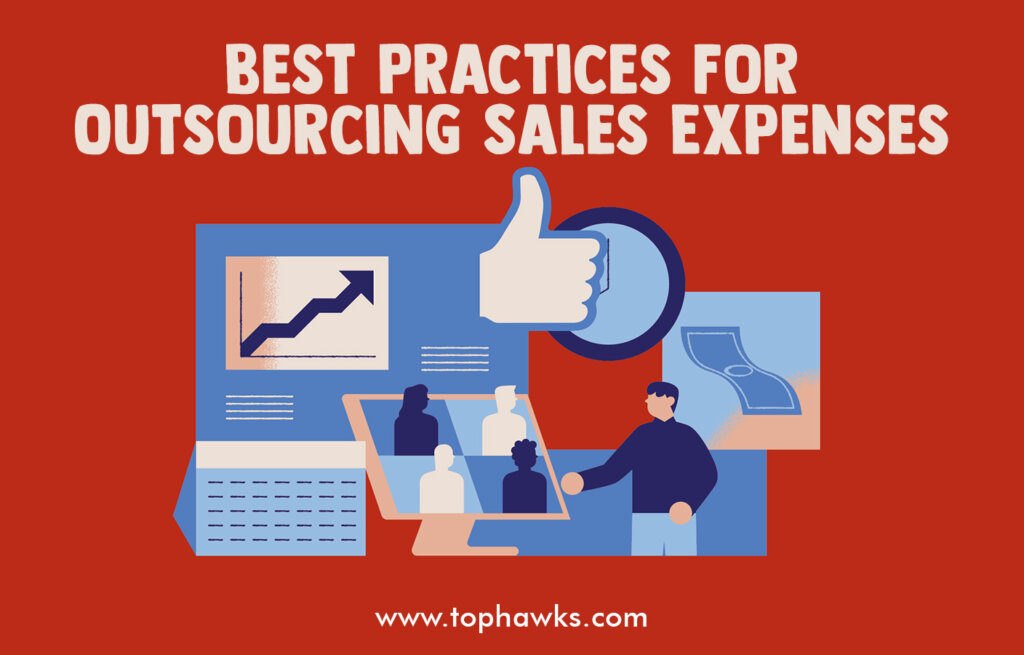
To maximize the benefits of outsourcing sales expenses, organizations should follow some best practices. Thorough vendor evaluation, clear contractual agreements, regular performance monitoring, and establishing effective communication channels are crucial steps to ensure a successful outsourcing partnership.
10. Conclusion
In conclusion, calculating costs for outsourcing sales expenses is a multifaceted process that requires careful evaluation of various factors. By assessing both direct and indirect sales expenses, conducting a comparative analysis, and considering real-world case studies, organizations can make informed decisions about outsourcing sales functions. However, it is essential to address the associated challenges and risks and implement best practices to ensure a successful outsourcing partnership.
11. FAQs (Frequently Asked Questions)
-
What is the difference between direct and indirect sales expenses?
Direct sales expenses are costs directly associated with the activities of the sales team, such as compensation, benefits, training, travel, and technology expenses. Indirect sales expenses, on the other hand, are costs that support the overall sales function but are not directly tied to the sales team. These expenses include marketing, administration, CRM tools, and analytics.
-
How can outsourcing sales expenses benefit my organization?
Outsourcing sales expenses can benefit your organization in several ways. It offers cost savings by reducing overhead expenses associated with maintaining an in-house sales team. Outsourcing also provides access to specialized expertise, allowing you to tap into the knowledge and skills of experienced professionals. It offers scalability and flexibility, allowing you to adjust the level of sales support based on your business needs. Furthermore, outsourcing enables your organization to focus on core activities while leaving the sales function to experts.
-
What factors should I consider when evaluating outsourcing options?
When evaluating outsourcing options for sales expenses, several factors should be considered. These include cost-effectiveness, expertise and skillset of the outsourcing partner, scalability and flexibility of the services offered, and effective communication and collaboration capabilities. It is essential to assess how well the outsourcing solution aligns with your organization’s goals and requirements.
-
How do I calculate direct sales expenses accurately?
To calculate direct sales expenses accurately, you need to assess various cost components. Start by analyzing the compensation and benefits for your sales team, including salaries, commissions, and bonuses. Factor in expenses related to sales training and development programs, which may include courses, workshops, and certifications. Consider travel and entertainment expenses incurred during client meetings or sales visits. Lastly, account for technology and equipment costs required to support your sales team’s activities, such as CRM software, laptops, and communication tools.
-
Are there any risks involved in outsourcing sales expenses?
Yes, there are risks involved in outsourcing sales expenses that organizations should be aware of. Cultural and language barriers may impact communication and understanding between the outsourced team and your organization. Quality control and consistency can be challenging to maintain when relying on an external vendor. Data security and confidentiality should be carefully addressed to protect sensitive customer and business information. Finally, selecting the right vendor and effectively managing the outsourcing relationship are crucial to mitigating risks and ensuring a successful partnership.
Trusted by 500+ Clients
Get in Touch
We are here for you, and we are wearing our thinking caps




